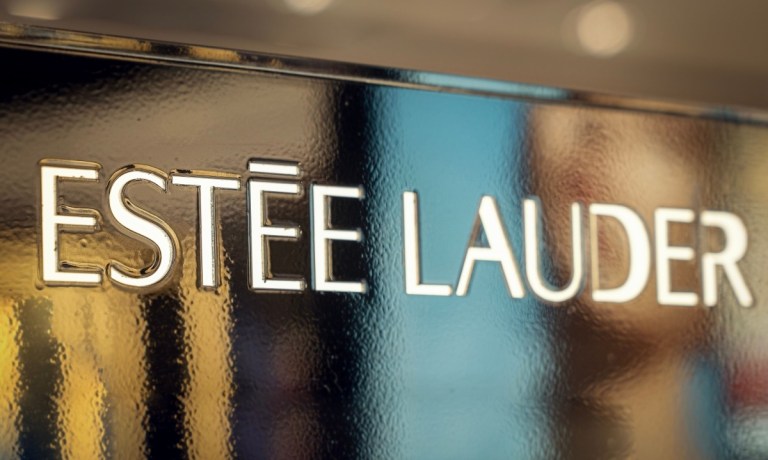Estée Lauder Laments ‘Lost Agility’ and Cuts up to 7K Jobs

Consumer pullback around the world is leading Estée Lauder to cut thousands of jobs.
The beauty brand released earnings Tuesday (Feb. 4) showing declining or flat sales in its markets around the globe, especially in Asia, where sales fell by double digits.
Speaking to analysts during an earnings call, CEO Stéphane de La Faverie discussed some of the factors that have hurt the company’s performance in recent years, including “subdued” consumer sentiment in China and a “narrow focus” on too few markets.
“This was especially true in North America. Simply said we lost our agility,” de La Faverie said.
“We did not capitalize on the higher growth opportunities quickly enough. In channels, markets, media and prestige price tiers nor fuel new consumer acquisition aggressively enough.”
To that end, the company is embarking on a turnaround campaign that involves the elimination of 5,800 to 7,000 jobs, though that number takes into account reductions of employees after retraining and redeployment of some workers.
Estée Lauder says it also plans to expand its presence in certain channels and markets to take part in “key growth opportunities in prestige beauty” while also boosting consumer-facing investments by increasing ad spending.
“We know we didn’t make fast move in terms of new distribution when the consumer was moving,” de La Faverie added.
“That’s what we’ve demonstrated with the move that we’ve made a few months ago with Amazon and many of us like TikTok Shop in Asia and even in the U.S. So we’re going to really measure how quickly we move in this channel and how much we can like to capture lapsed consumers but also new consumers.”
The company also recently teamed with OpenAI recently to implement artificial intelligence (AI) across its brands. The companies developed 240 AI applications to analyze consumer data and create products for its various brands.
“The facility processes data from consumer surveys and clinical trials for the company’s beauty brands,” that report said. “Two primary applications have emerged from the development process: one analyzes consumer survey data for fragrance development, while another processes clinical trial results.”
As PayTechFocus wrote at the time, other beauty companies are also investing in AI for consumer-facing and product development. For example, L’Oréal expanded its use of Modiface, an AI and augmented reality platform that allows users to virtually try on makeup and experiment with hair colors.
And Sephora’s Virtual Artist tool lets customers find their ideal foundation shade using facial recognition and a skin tone database, improving accuracy and inclusivity.


